"Aficionados of the rally world will never forget the sight of a Lancia Stratos HF in full cry. Works cars won the World Rally Championship (WRC) in 1974, 1975 and 1976.
"Even after the official factory team effort ceased — before time and, we understand, on the specific orders of [parent company] Fiat to make way for the 131 Mirafiori cars — Markku Alén, Bernard Darniche, Sandro Munari and others popped up in works, or quasi-factory cars. History shows that over the years, the Stratos has won every event it has entered at least once, except the RAC and Safari, for which the car was perhaps least suited."
Autocar's above introduction to the Stratos from 1982 is just as fitting now as it was then. For many, the machine created by Lancia's motorsport boss as 'the ultimate rally car' remains so. That, along with the fact that just 492 were produced, is why a mint-condition example of this steeped wedge of Bertone can today command a quarter of a million pounds.
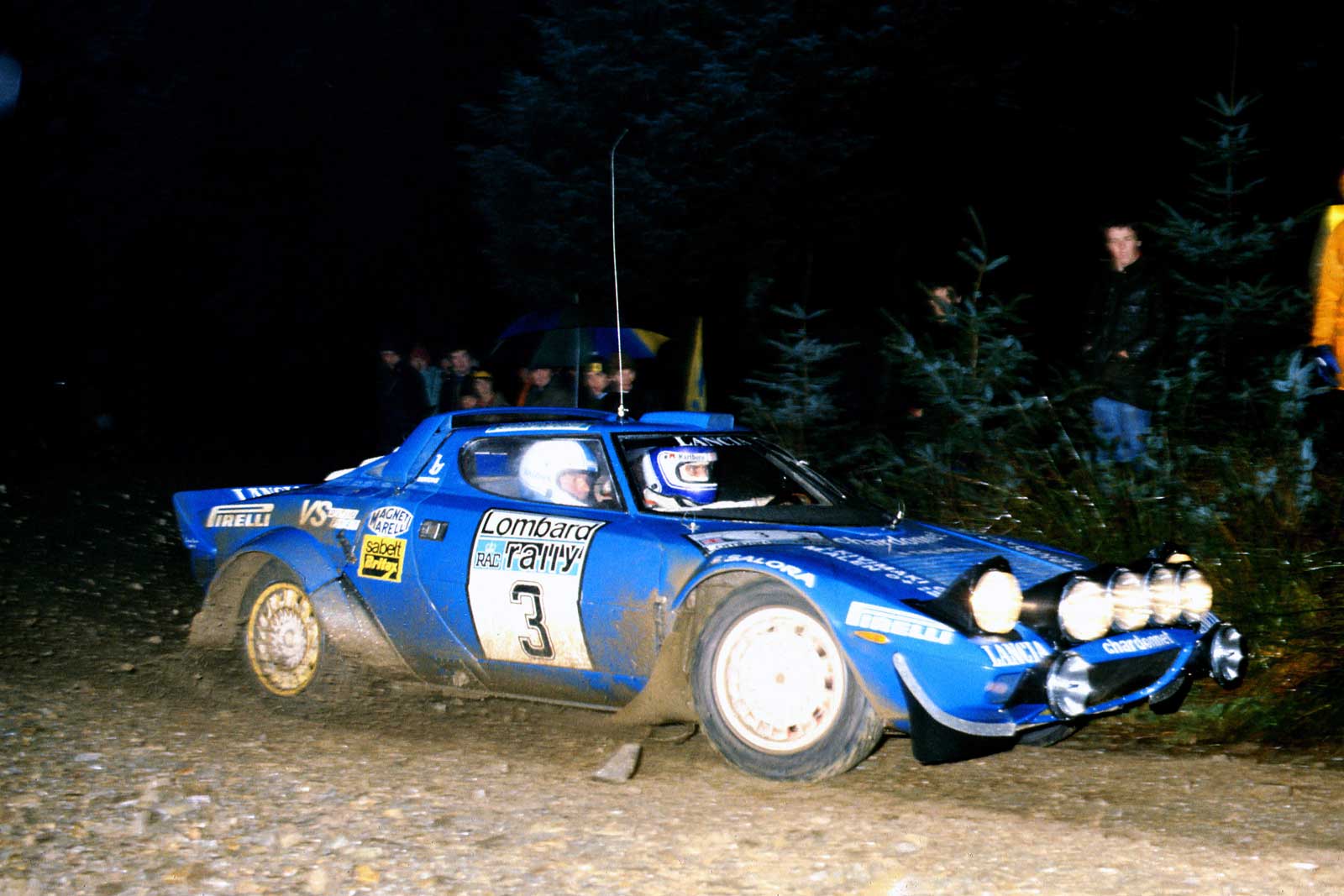
The test we're revisiting today came six years after the Stratos's WRC programme proper was curtailed and followed two previous experiences we'd had with the car.
It happened because we described the new Audi Quattro of 1980 as "the world's fastest rally car" — an assertation that John Warner, whose The Chequered Flag team had independently run a Stratos in a British Rally Championship dominated by the Ford Escort RS, took exception to.
He claimed that "given traction, the Stratos would be the faster car in a straight line — if not throughout the mid-range". He also suggested that we might like to see "just how quick a Stratos could be with a four-valve-per-cylinder engine installed, a unit (using cylinder heads derived directly from the Formula 2 V6) which was run before new rules prevented such evolutionary changes in the rally cars".
Fortunately, a private owner of a road-registered Stratos with the 24-valve engine offered his car for comparison. The benchmarks would be the timings for the Quattro, as well as rallying versions of the Vauxhall Chevette, Talbot Sunbeam Lotus and Opel Ascona.
In order to fairly compare the rally machine and the 24-valver, The Chequered Flag prepared the latter to a comparative spec, with Tarmac rally suspension, ventilated brake discs, plus 8in and 10in-wide, 15in-diameter wheels shod with 345/35 rear and 225/50 front Pirelli P7 tyres.
For non-WRC obsessives, the Stratos's mechanical make-up was thus: the car was a mere 12ft 2in long, with a square-section steel tube chassis containing a cockpit just big enough for a six-foot-tall driver. Fore of him was double-wishbone front suspension and aft of him a MacPherson struts with a wide-based lower wishbone for location.
Power came from a 2.4-litre, 65deg dual overhead cam V6, taken from Ferrari's Dino 246 GT and sitting crosswise atop the drivetrain casing.
Dynamometer readings from our 1982 test showed that "the 12-valve rally car made 255bhp at 7800rpm and 183lb ft at 5000rpm, while the 24-valve engine turned out no less than 294bhp at 8500rpm". We continued: "The power curve rises steeply from 5500rpm where this fabulous motor is already turning out 200bhp. It revs to 9000rpm. All that in a car weighing 975kg with nearly full tanks. The rally car tipped the scales a little heavier, at 1016kg, and that was with very little fuel on board."
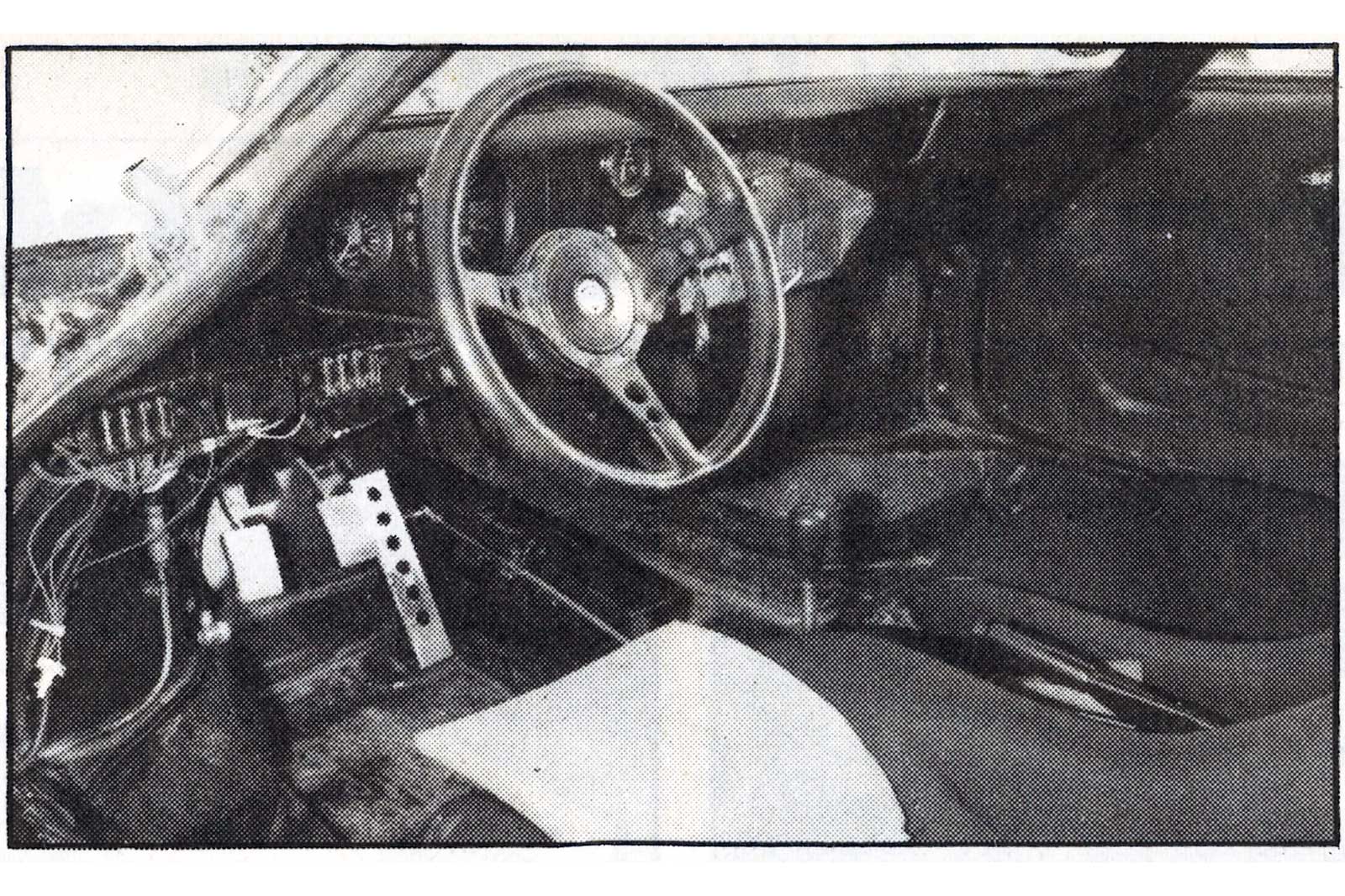 We set about the test with "a set of gears that would give 108mph at the 8000rpm limit and thus do the rally car justice". "Getting the temperatures up seemed to take an age," we said, "but this gave us time to reacquaint ourselves with the Stratos's controls and to master the rather awkward gearchange."
We set about the test with "a set of gears that would give 108mph at the 8000rpm limit and thus do the rally car justice". "Getting the temperatures up seemed to take an age," we said, "but this gave us time to reacquaint ourselves with the Stratos's controls and to master the rather awkward gearchange."
Apparently, this should have got better the faster we moved it, but "we encountered that hot-knife-through-butter feeling once or twice only". Most of the time, it was "free until one got close to the gear, whereupon it would baulk heavily and only engage with a clunk". The 24-valve road car was much better in this respect, we noted.
But the V6 engine was the standout. "It's the most delightful unit in rallying - no question," we remarked. "It sings through the rev range.
"Unlike the fours and the Audi five, which are all rough, this motor is totally smooth, and on varying part throttle curious (and delightful) changing pitch whistling noises supposedly due to harmonic effects in the induction system are there to entertain the driver.
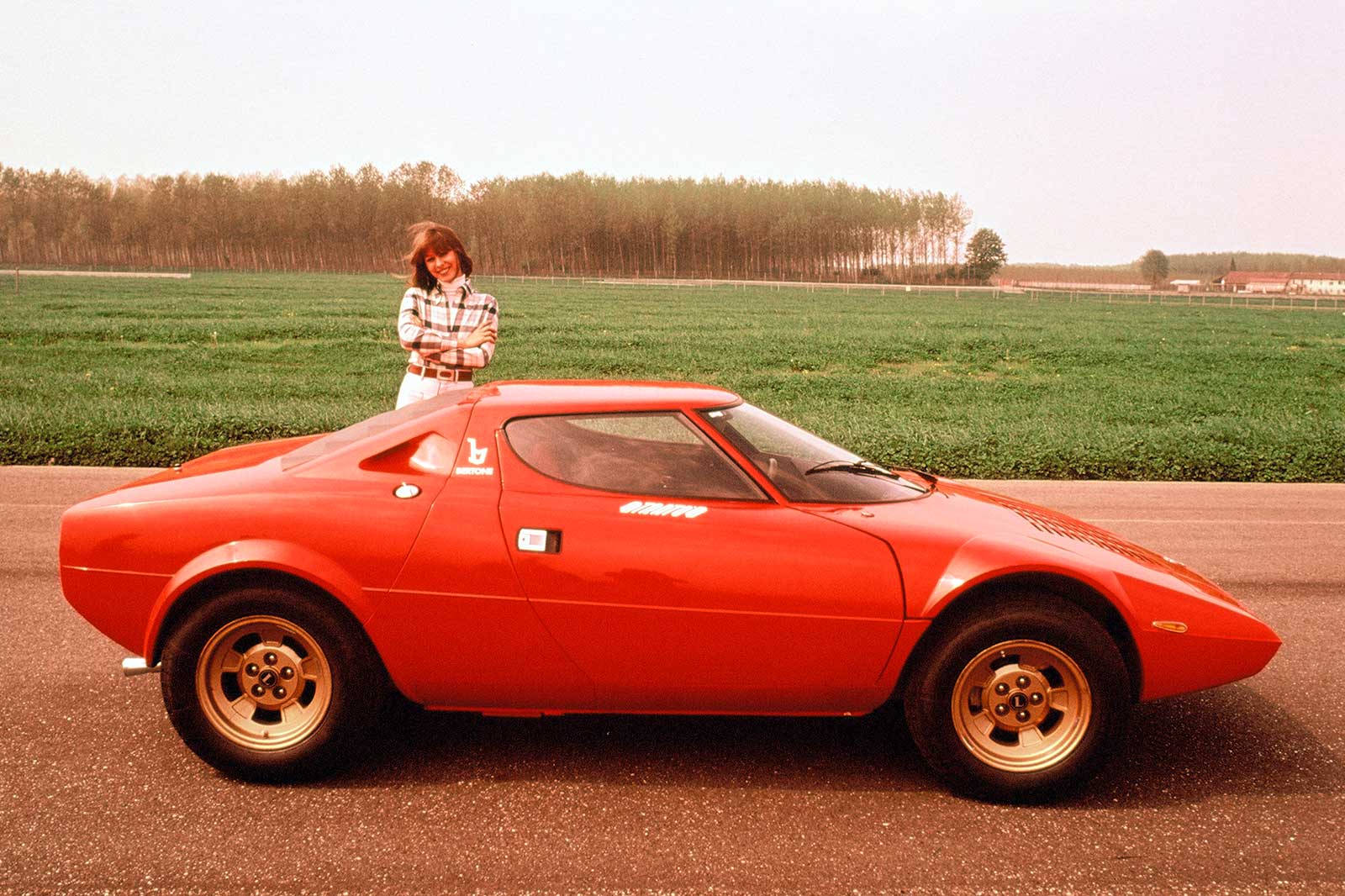
"The in-the-gears runs proved to be routine stuff, finding the point at which the engine would run cleanly — about 3500rpm in this case — feeding in full throttle and taking times at 10mph increments until the rev limit arrived."
The Stratos was an infamously difficult car to drive, and not just because "anyone who is impertinent enough to lift off while powering around a bend will have to deal with instant whiplash oversteer". You see, for getting off the line, "the dividing line between too much and too little was small, but dumping the clutch with around 6000rpm produced ideal results."
Then it was a question of "concentrating hard on that gearchange and having an ear for pitch - tuning into the engine note so as not to run into the rev limiter and thus slow the run".
But was it faster than the Quattro? "Unfortunately, there were two gearchanges before 60mph, and with a time of 5.1sec the Stratos was just slower to this speed. But thereafter the Lancia's better power-to-weight ratio and obviously far cleaner aerodynamic shape told. It howled on to 80mph in 8.2sec and 100mph in 12.4sec, no less than 1.3sec faster than the Quattro. The quarter-mile post was passed in 13.2sec and at 103mph, faster than in any rally car ever tested by Autocar".
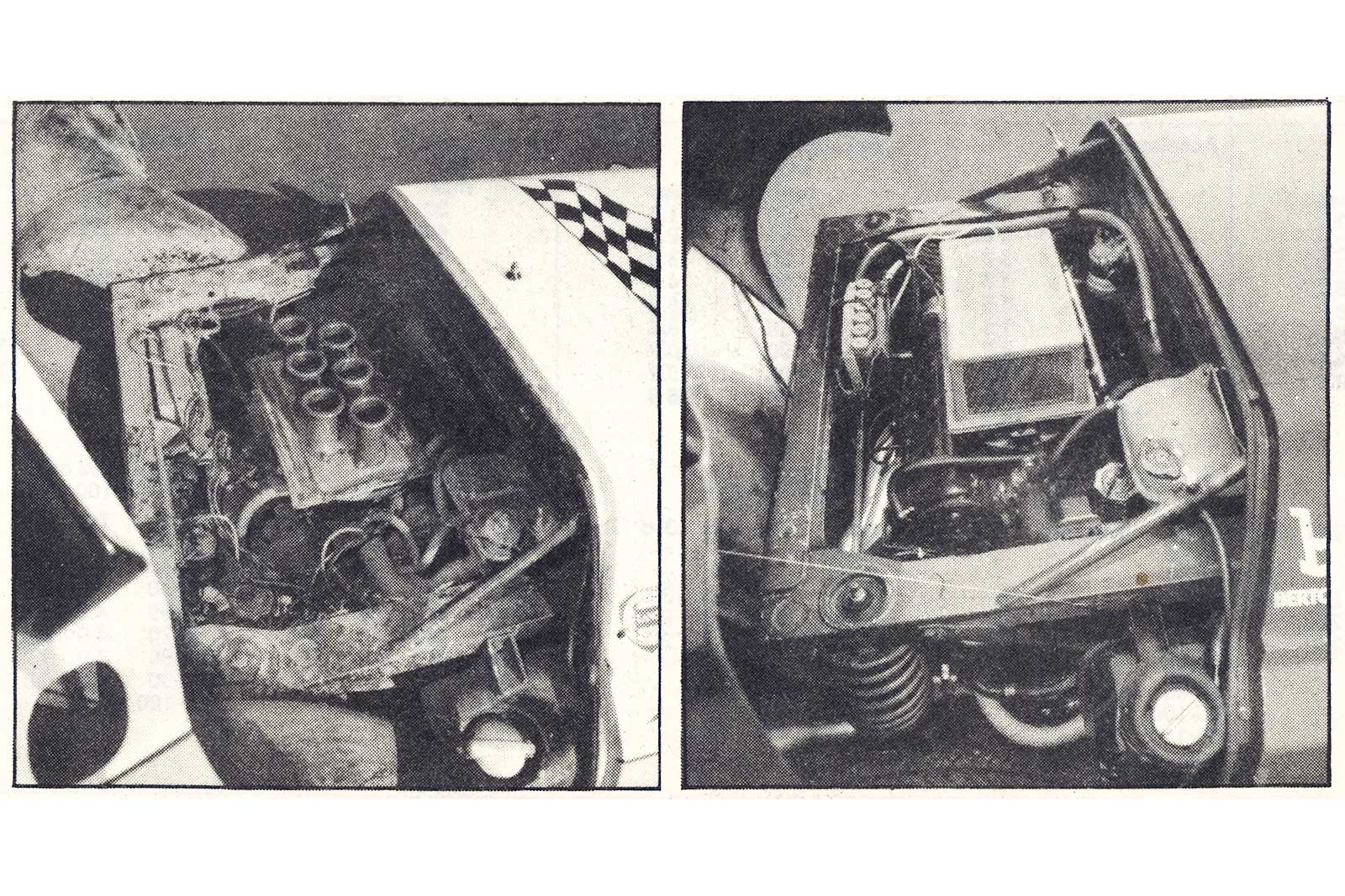
And the Stratos wasn't done there; we had the 24-valve road car to test. We said: "A quarter throttle had the exhaust note hardening and the car leaping forward. 'Soft' cams or not, this motor only began to come to life over 4000rpm. And then did it live! We can only think of a couple of road-registered cars that were faster in the mid-range but it was the way this Stratos did it, with a beautifully smooth howl surging forward seemingly without any fall-off in acceleration until it was doing over 120mph."
It left all the other rally cars for dead. It took just 4.6sec to get to 60mph, 10.7sec to 100mph and 130mph in 20.3sec.
Therefore, we could only conclude: "If the 24-valve motor could be used in WRC rallies, the chassis developed further with modern tyres and a world-class driver found, the Stratos would still be a car to beat.
"It was retired before time."
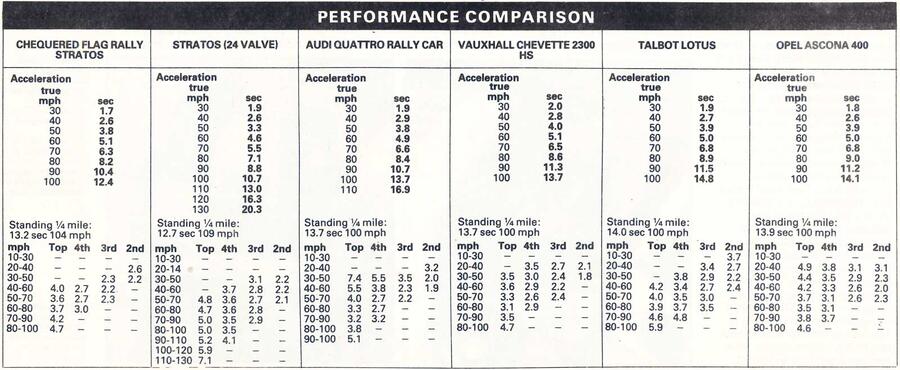
More content:
Porsche 718 Cayman GTS 2018 review

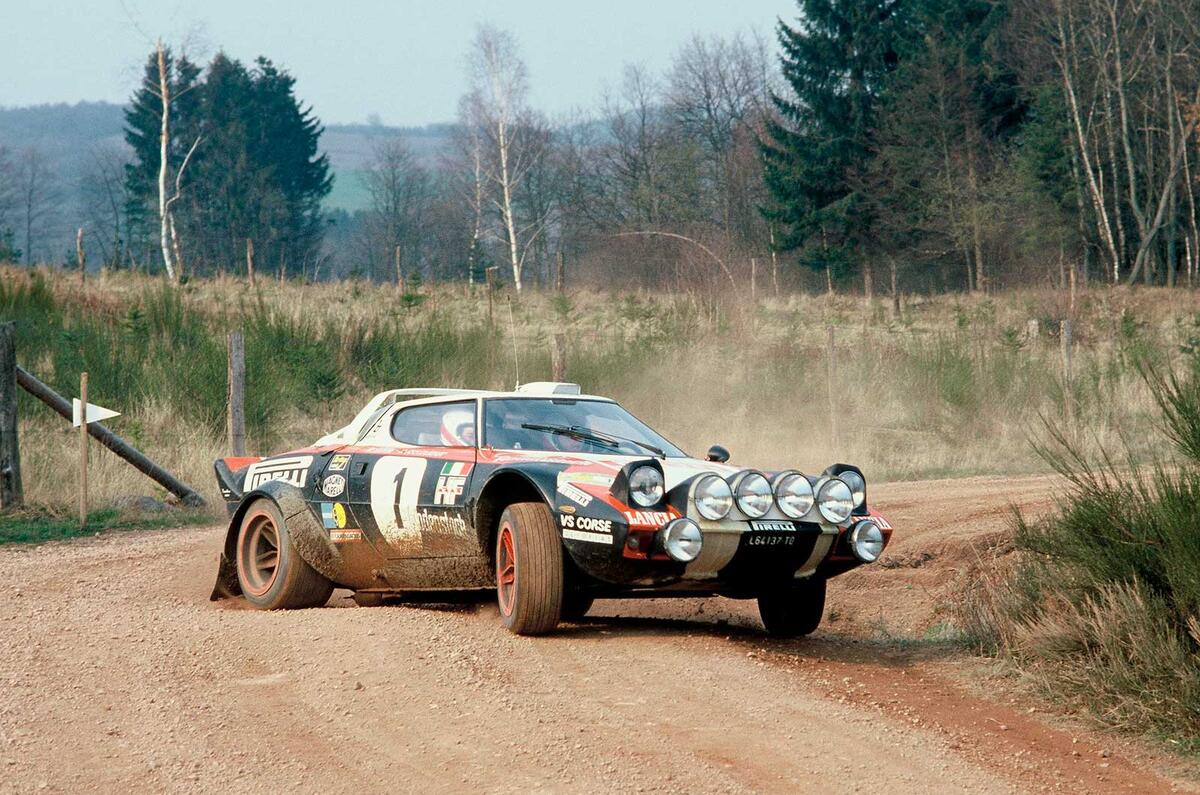
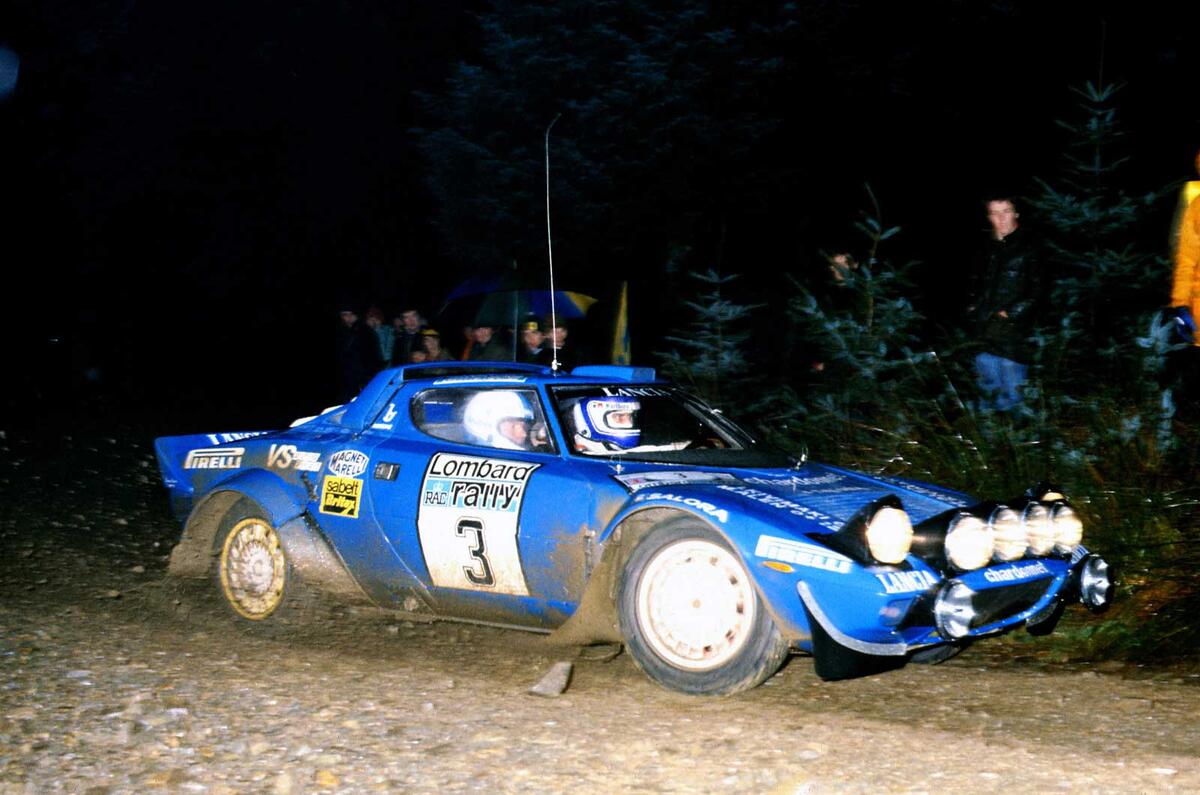
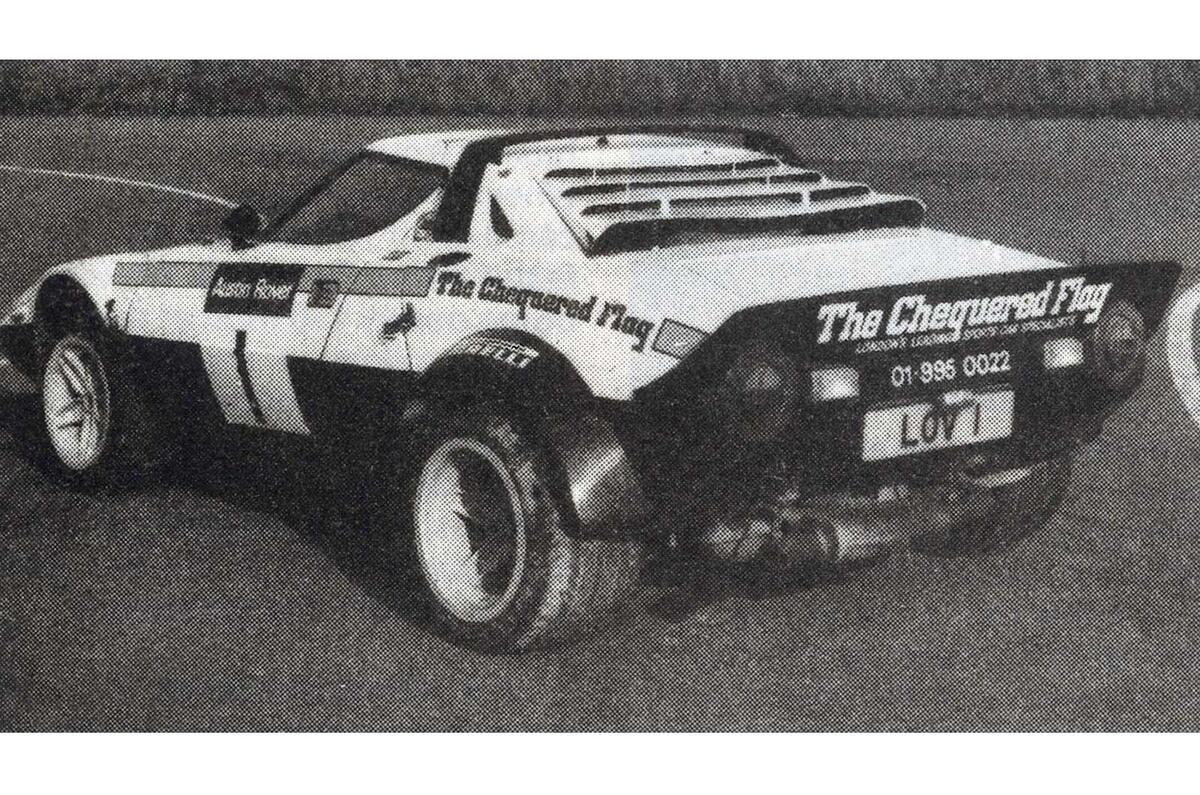
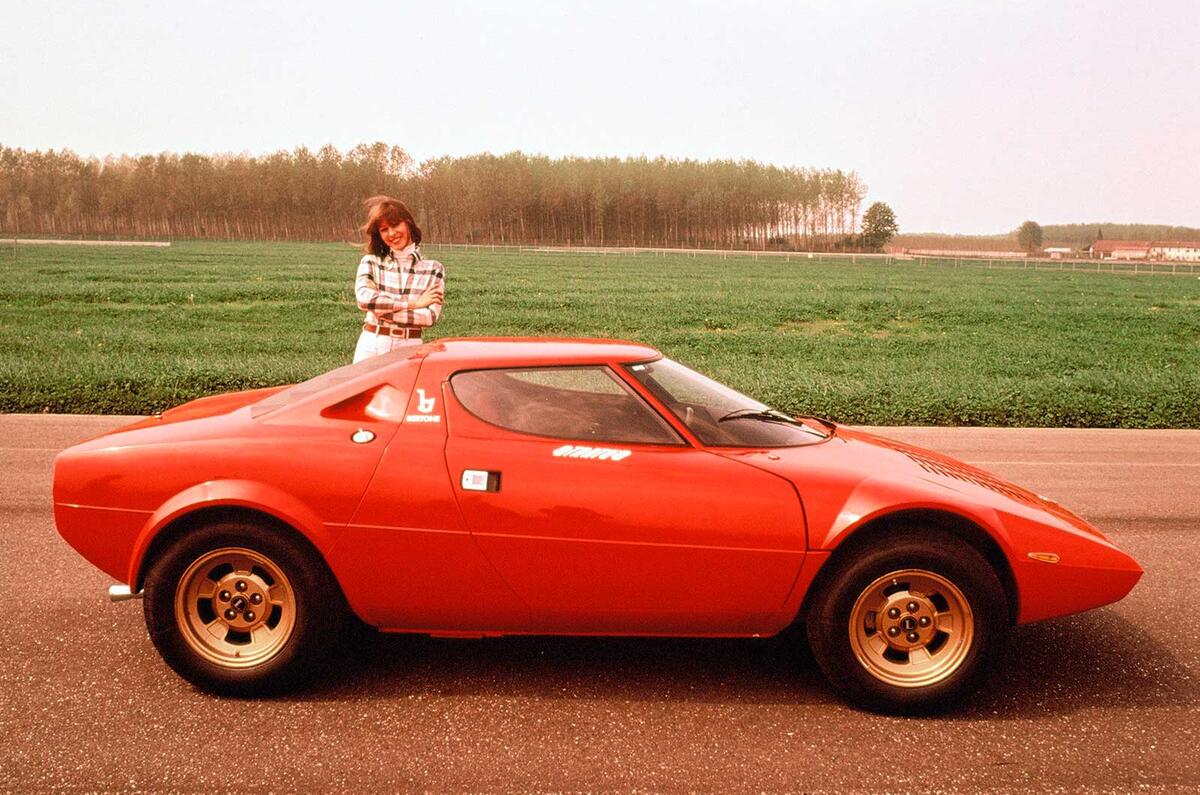
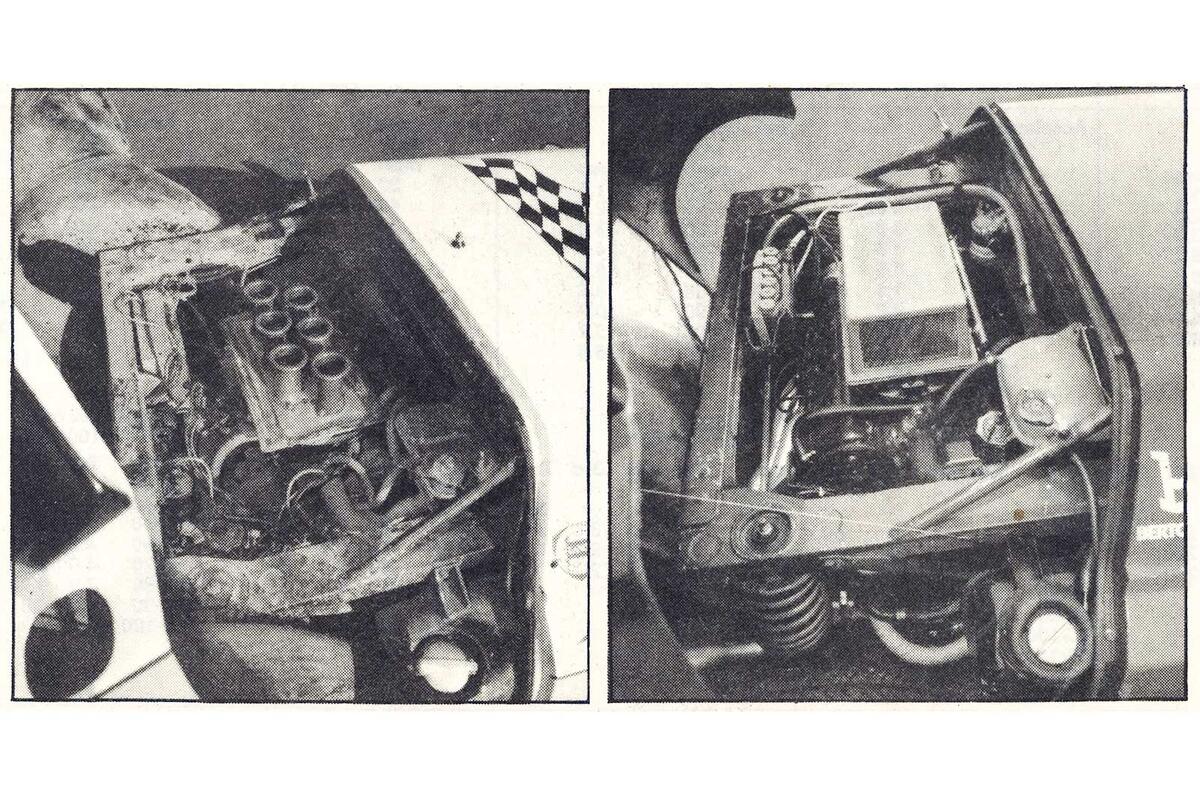


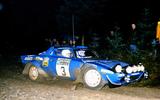
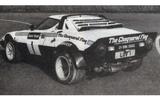
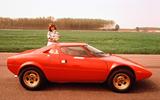
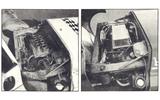
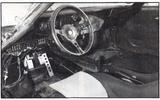


Join the debate
Add your comment
Your sharing is very meaningful, and extremely detailed!
Great Information. A 1982 Lancia is still on my list of favourite cars. I don't care how much time it will take. I am working hard by providing assignment help to the students and one day will definitely be going to buy this beast and set it for my garage.
Those who are searching over
Those who are searching over internet 'Marketing Assignment Help' contact with us now. We are the best assignment writing service provider in Australia. Our Academic assignment writers available 24*7 hours for the students, if you really want to need assignment help online at cheapest price meet at EssayCorp and get high-class grades.